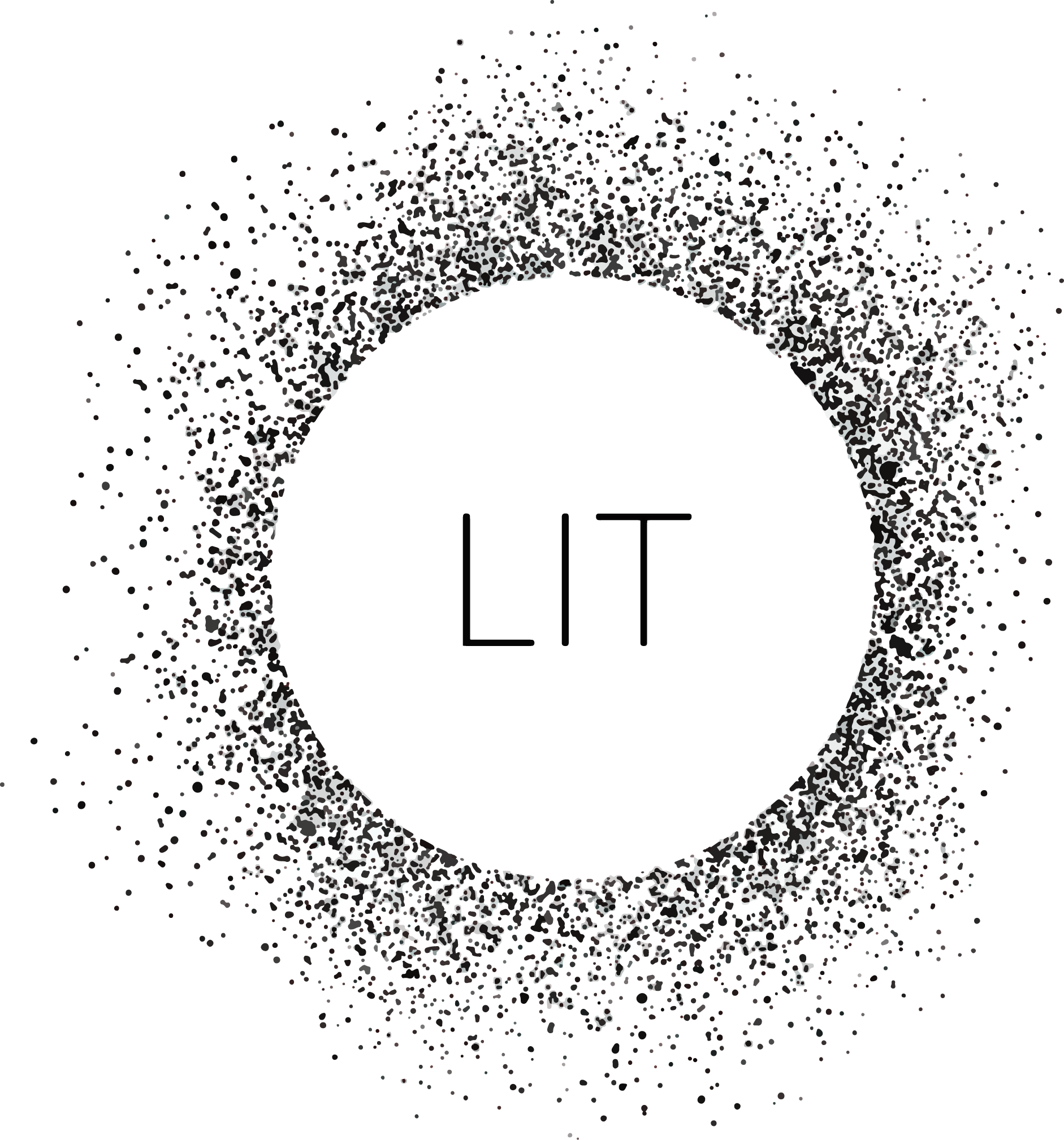|
|
| Line 219: |
Line 219: |
| | <ul class=“text-content-new” style="padding: 5%">Barchitecture | | <ul class=“text-content-new” style="padding: 5%">Barchitecture |
| | <li style=“margin-left: 40px”> Intimin presents a lot of hazards</li> | | <li style=“margin-left: 40px”> Intimin presents a lot of hazards</li> |
| − | <li style=“margin-left: 40px”> Hence using bacteria incorporated into architecture and public spaces will have health and safety implications.</li> | + | <li style=“margin-left: 40px”>Incorporating bacteria into architecture and public spaces could have potential health and safety implications. Therefore, we considered that in order to incorporate our technology in communities we would need to ensure our bacterial cells were dead.</li> |
| | </ul> | | </ul> |
| | | | |
| | | | |
| | <ul class=“text-content-new” style="padding: 5%">LIT bulb | | <ul class=“text-content-new” style="padding: 5%">LIT bulb |
| − | <li style=“margin-left: 40px”> Again, public tool → what if it breaks? How much bacteria can kill the person?</li> | + | <li style=“margin-left: 40px”> We considered the risks associated with our LIT bulb breaking, and releasing bacteria to the environment. Thoughts we evaluated included: how much bacteria could kill a person? Would people be willing to use potentially hazardous lightbulbs in their communities?</li> |
| − | <li style=“margin-left: 40px”> Read about how we will tackle safety issues for our bacterial-powered lightbulb </li> | + | <li style=“margin-left: 40px”> We read about how we could tackle safety issues associated with our bacterial-powered lightbulb. We decided to engineer a bacterial strain that could only grow under highly defined environmental conditions (e.g. high Hydrogen Peroxide levels). Therefore, if our bacteria was ever released in the environment it would die before it could contaminate its surroundings.</li> |
| | </ul> | | </ul> |
| | </div> | | </div> |
| Line 232: |
Line 232: |
| | <h1 class="title">Lab Safety</h1> | | <h1 class="title">Lab Safety</h1> |
| | <ul class=“text-content-new” style="padding: 5%"> | | <ul class=“text-content-new” style="padding: 5%"> |
| − | <li style=“margin-left: 40px”> Use of PPE (lab coat, goggles, gloves) at all stages with all the experiments to prevent any physical contact or contamination with biological materials, including GMOs</li> | + | <li style=“margin-left: 40px”> We used Personal Protective Equipment (PPE), including lab coats, goggles and gloves, for all our experiments to prevent any physical contact or contamination with biological materials, including GMOs</li> |
| − | <li style=“margin-left: 40px”> When carrying out chemical aggregation experiments, we used a fume hood cupboard to protect from volatile DMF fumes.</li> | + | <li style=“margin-left: 40px”> When carrying out chemical aggregation experiments, we used a fume hood cupboard to protect ourselves from volatile DMF fumes.</li> |
| − | <li style=“margin-left: 40px”>When performing the IrrE UV crosslinker test as well as any UV gel visualisations, we used UV protection goggles and operated all equipment following the safety manuals.</li> | + | <li style=“margin-left: 40px”>When performing the IrrE UV crosslinker test, as well as any UV gel visualisations, we used UV protection goggles and operated all equipment following the safety manuals.</li> |
| | </ul> | | </ul> |
| | </div> | | </div> |


